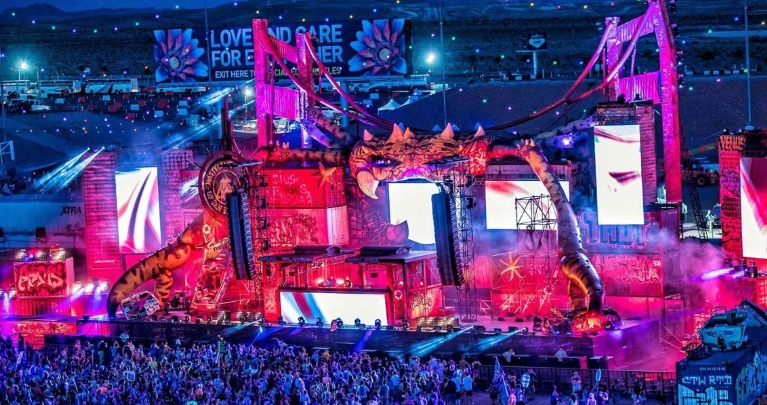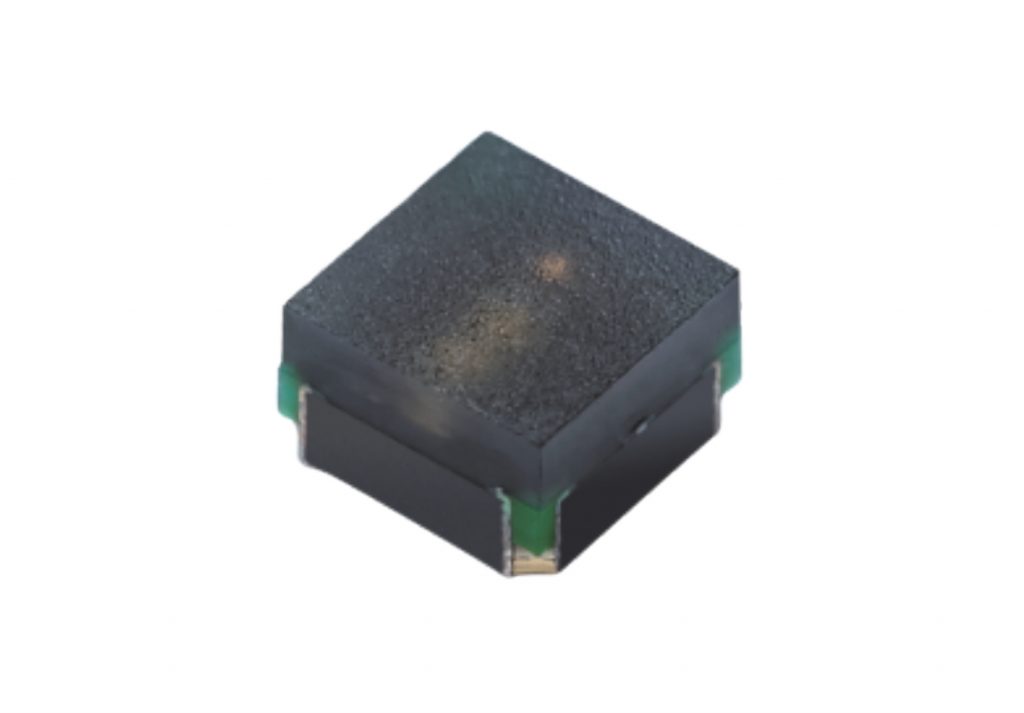Direct View LED (dvLED) display, also known as LED video wall, refers to a display technology that utilizes an array of light-emitting diodes (LEDs) as individual pixels to create images and videos. Unlike traditional displays that use liquid crystal or plasma technology, dvLED displays directly emit light, offering several advantages in terms of brightness, color accuracy, contrast ratio, and viewing angles.
In a dvLED display, thousands or even millions of LEDs are grouped together to form a grid of pixels. Each pixel consists of several RGB LEDs, typically red, green, and blue, which can emit different intensities of light to create a wide range of colors. By controlling the brightness levels of individual LEDs, dvLED displays can produce vibrant and immersive visuals.

Dynamic stage design with dvLED display
Pixel Pitch:
Direct-view LED displays are available in different pixel pitches, which determine the density and resolution of the display. Smaller pixel pitches result in higher resolution, allowing for sharper and more detailed visuals.
Brightness and Contrast:
LED displays offer high brightness levels, ensuring clear visibility even in bright ambient lighting conditions. They also provide excellent contrast ratios, enabling vibrant colors and deep blacks for enhanced visual impact.
Seamless Design:
Direct-view LED displays can be tiled together to form a larger display wall with a seamless appearance. This allows for the creation of large-scale video walls or displays of virtually any size or aspect ratio.
Wide Viewing Angle:
LED displays offer wide viewing angles, ensuring consistent image quality and color accuracy from various viewing positions. This makes them suitable for installations where the audience may be viewing the display from different angles.
Content Flexibility:
Direct-view LED displays can showcase a wide range of content, including static images, videos, animations, and interactive elements. They can support various input sources and formats, allowing for dynamic and engaging visual experiences.

DvLED displays offer several advantages over other display technologies.
High Image Quality:
LED displays deliver exceptional image quality with vibrant colors, high contrast, and superior brightness. This makes them ideal for applications where visual impact and clarity are crucial, such as advertising, entertainment, and digital signage.
Scalability:
LED displays can be easily scaled up or down to fit different sizes and aspect ratios. They can be customized to meet specific requirements and can be expanded or reconfigured as needed.
Durability and Reliability:
LED displays are designed to be robust and durable, capable of withstanding harsh environmental conditions. They are resistant to vibrations, shocks, and temperature variations, ensuring long-term reliability.
Energy Efficiency:
LED technology is energy-efficient, consuming less power compared to traditional display technologies. This results in lower operating costs and reduced environmental impact.
Versatility:
Direct-view LED displays are versatile and can be used in a wide range of indoor and outdoor applications. They are commonly used in stadiums, arenas, retail spaces, control rooms, broadcast studios, command centers, and public spaces.
Long Lifespan:
LED displays have a long lifespan, often exceeding 100,000 hours of operation. This reduces the need for frequent replacements and maintenance, leading to cost savings over time.
Direct-view LED displays offer numerous advantages that make them a preferred choice for large-scale display solutions. Their high image quality, scalability, durability, and versatility make them suitable for various applications that require impactful and reliable visual communication.

Direct View LED (dvLED) displays have undergone significant evolution and advancements over time. Here is an overview of the key stages in the evolution of dvLED technology:
Early LED Displays:
The earliest LED displays were relatively small, monochromatic, and used discrete LEDs to create simple text or basic graphics. These displays were primarily used for outdoor signage and information boards.
Full-Color LED Displays:
The development of full-color LED displays expanded the capabilities of dvLED technology. By incorporating red, green, and blue (RGB) LEDs in close proximity, these displays were able to produce a wide range of colors and more complex visual content.
SMD LEDs and Pixel Pitch Reduction:
Surface-mounted device (SMD) LEDs replaced discrete LEDs, leading to smaller pixel sizes and higher pixel densities. This allowed for sharper images and improved resolution. Pixel pitch, which measures the distance between individual pixels, steadily decreased, resulting in finer pixel pitches and higher resolution displays.
Improved Contrast and Black Levels:
Advancements in dvLED technology focused on enhancing contrast ratios and black levels, which significantly impact image quality. Through innovations such as black surface coatings, advanced light-blocking techniques, and improved LED structures, dvLED displays achieved better contrast performance, making them suitable for various applications, including indoor video walls and home theaters.
Narrow Pixel Pitch (NPP) Displays:
Narrow pixel pitch (NPP) dvLED displays emerged as a breakthrough in the industry. These displays featured extremely fine pixel pitches, often below 2mm, enabling ultra-high-resolution and seamless video walls with smooth images and minimal visible pixel structure. NPP dvLEDs found applications in control rooms, broadcast studios, and high-end commercial installations.
Mini and Micro LED Technology:
Mini LED and micro LED technologies represent the latest advancements in dvLED displays. These technologies utilize even smaller LED chip sizes, typically smaller than 0.1mm, resulting in pixel pitches below 1mm. Mini and micro LED displays offer exceptional image quality, high brightness, dynamic HDR capabilities, and precise local dimming. They are poised to revolutionize large-scale displays, including television screens and cinema screens, with their potential for self-emissive displays that rival OLED technology.

Kinglight SMD0404 micro LED – Kinglight offers various mini and micro LEDs for dvLED displays
The evolution of dvLED technology has brought significant improvements in image quality, resolution, pixel density, color accuracy, contrast ratios, and overall performance. As the technology continues to advance, we can expect further developments in areas such as size scalability, energy efficiency, seamless integration, and enhanced viewing angles, making dvLED displays even more versatile and widely adopted across various industries.